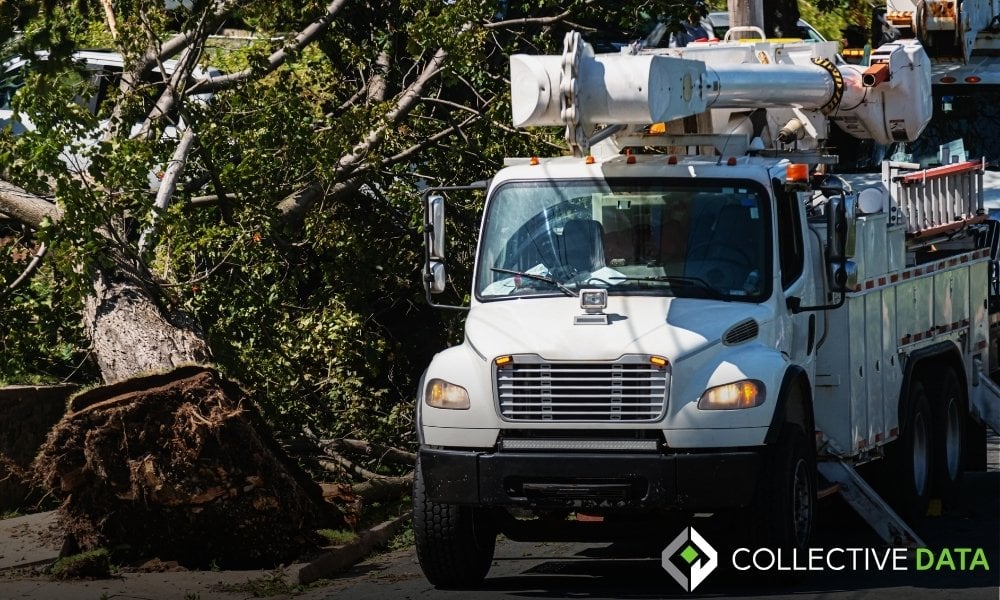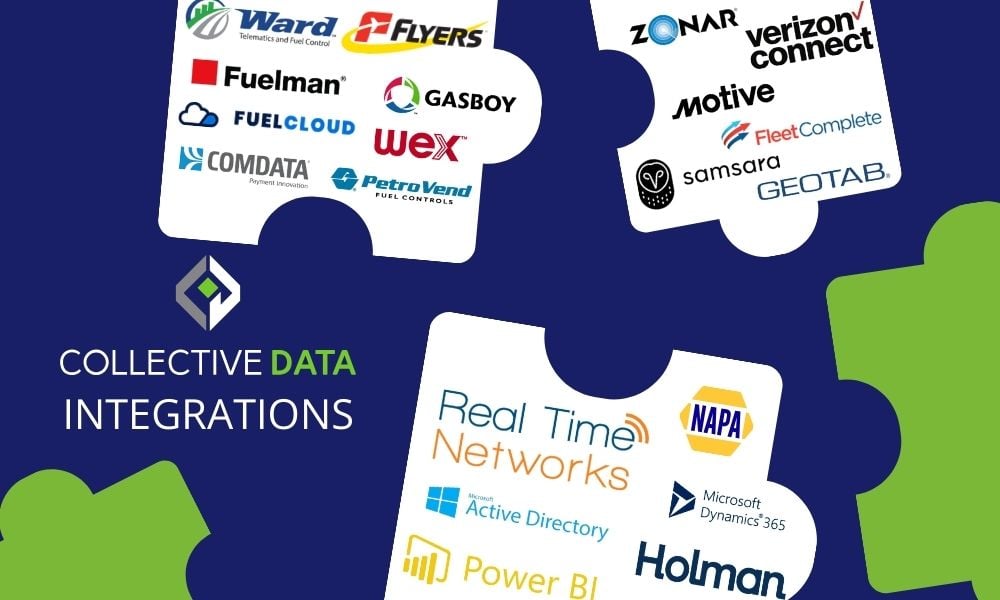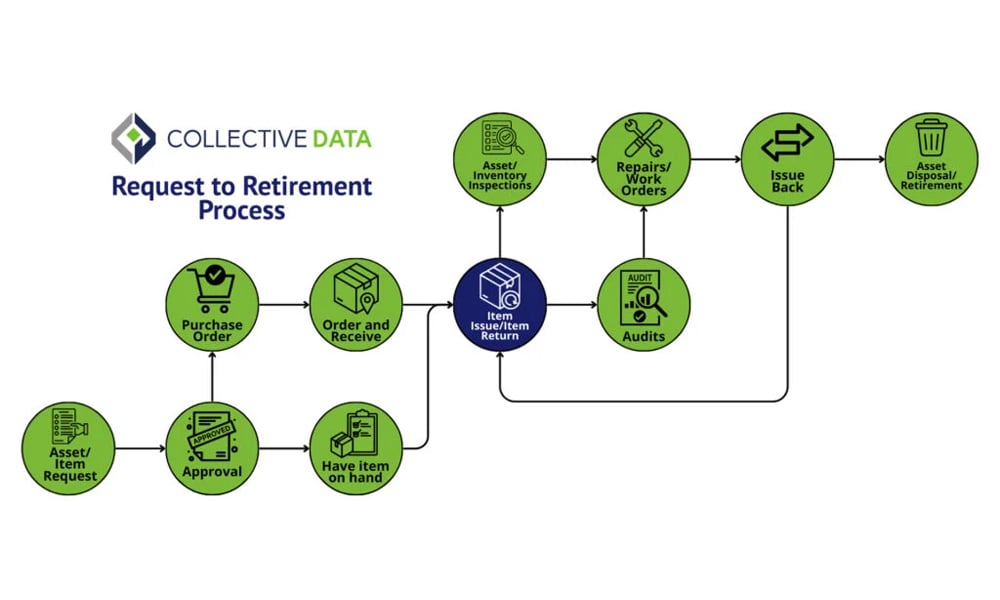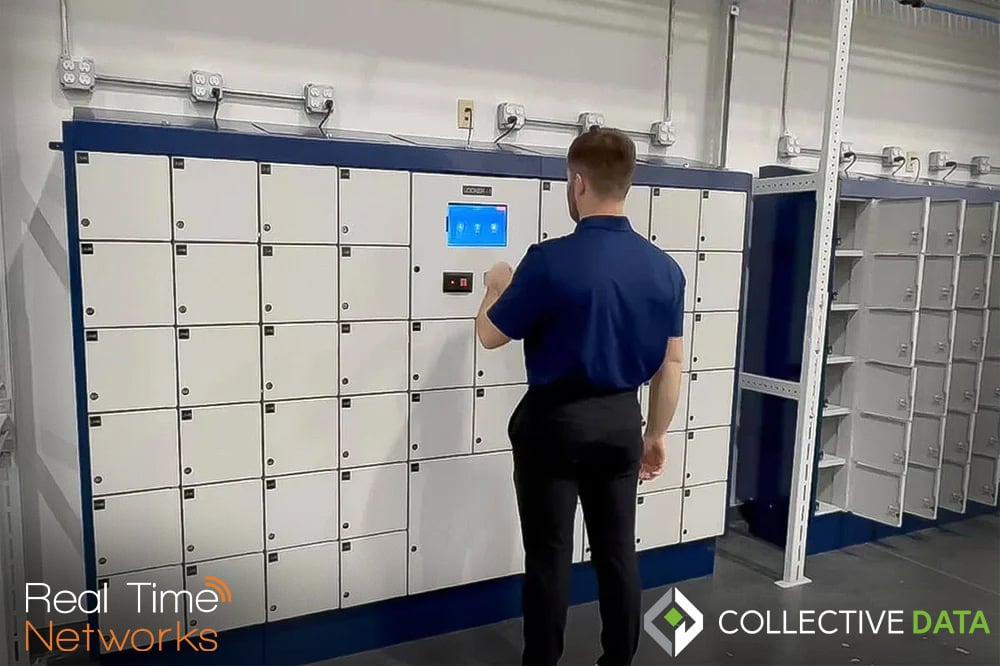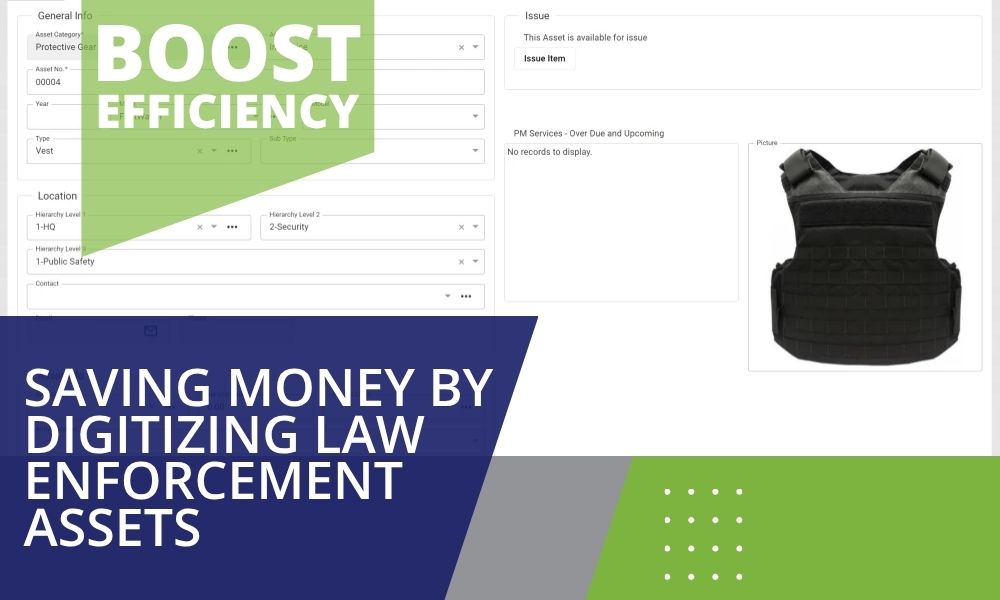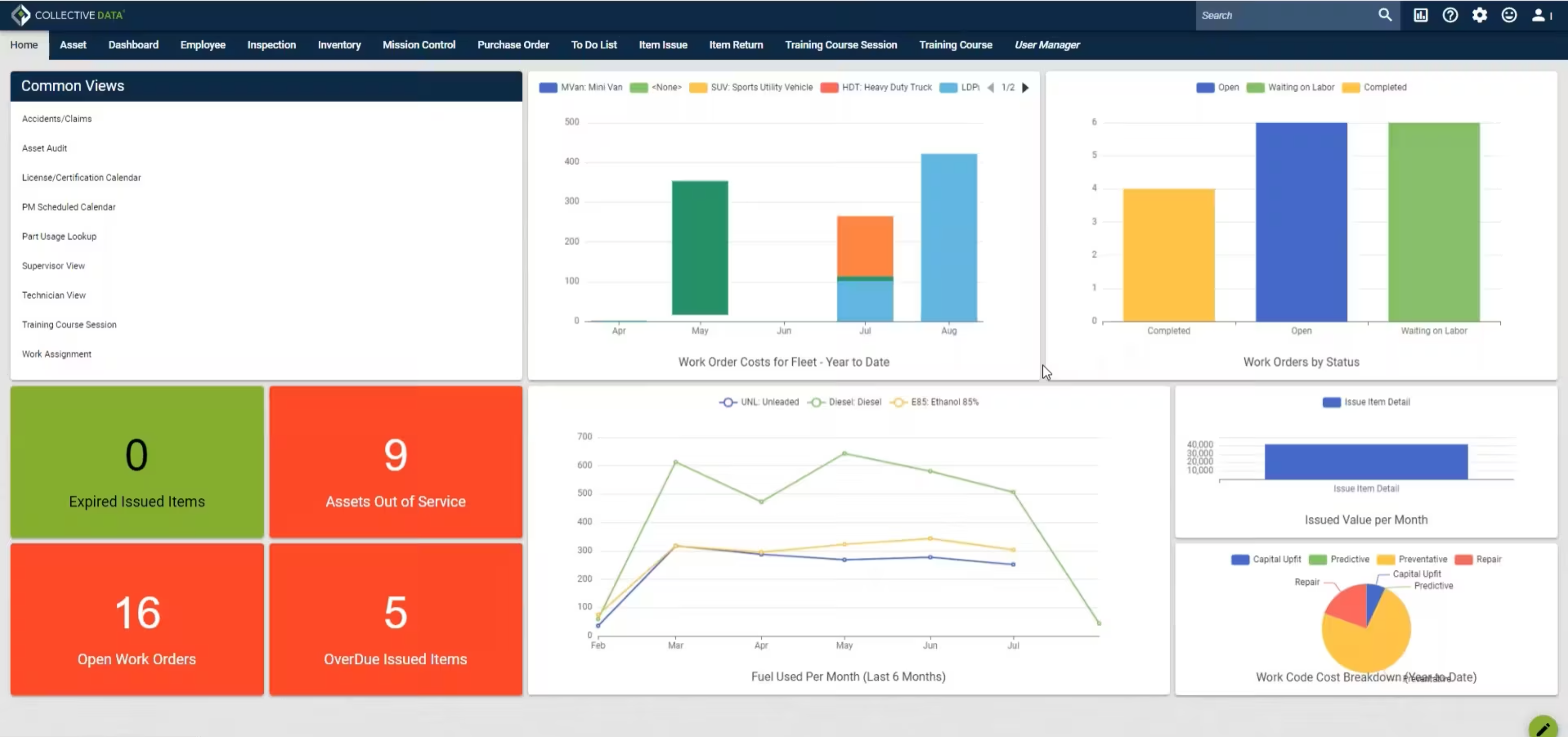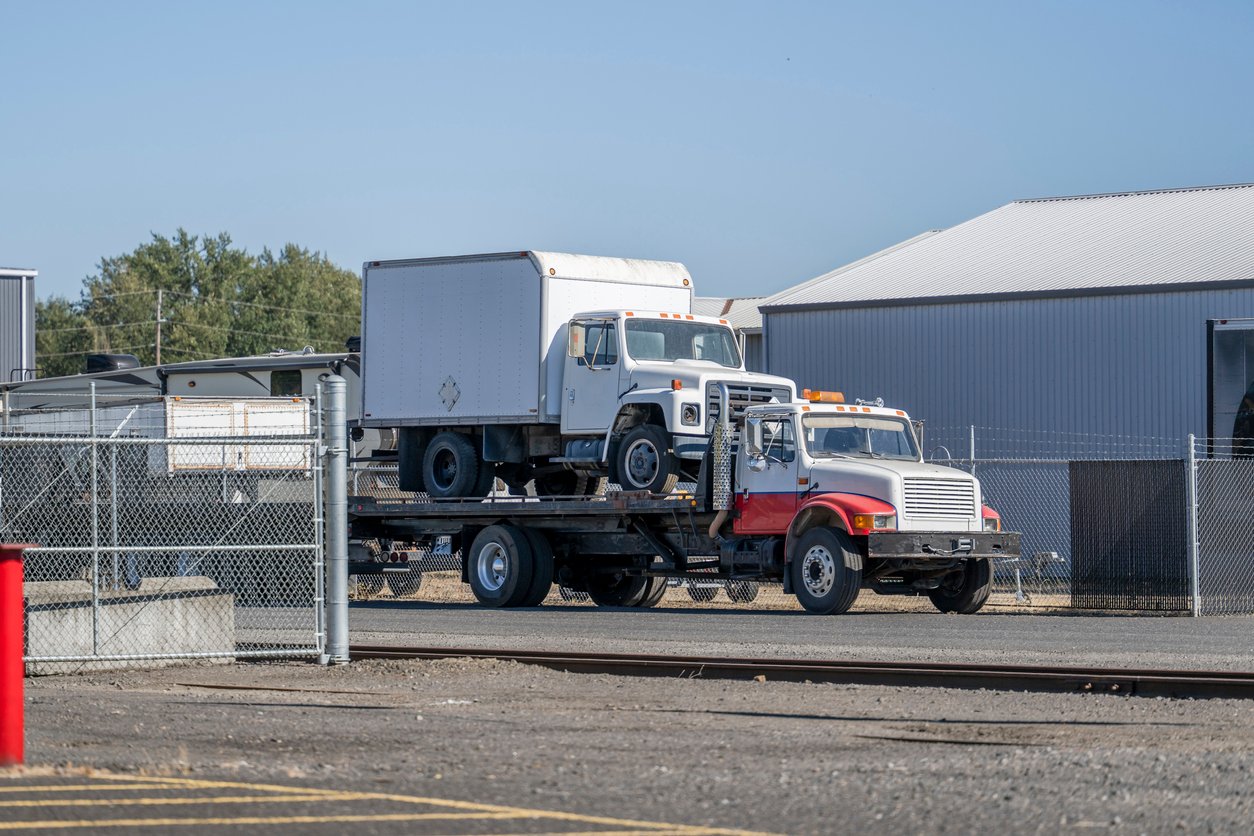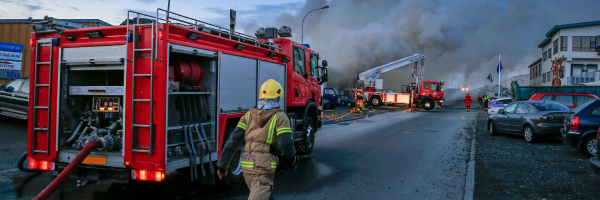1. Preventive Maintenance Keeps Falling Behind
If your team is always catching up with vehicle maintenance, you’re likely spending more on repairs and losing valuable uptime. Automated preventive scheduling helps you stay ahead, reduce downtime, and improve safety by sending alerts before issues become costly.

2. You’re Still Relying on Spreadsheets
Manual tracking might work for small operations, but it doesn’t scale well. Spreadsheets are prone to errors and make it difficult to get a clear picture of your data. A centralized system brings everything together, giving you instant access to work orders, service history, and upcoming maintenance needs in one place.
3. You Lack Real-Time Insight
Fleet managers depend on accurate, up-to-date information to make decisions that keep operations running smoothly. Outdated systems make that difficult. A modern dashboard provides visibility into repair costs, utilization, and technician productivity, helping managers act faster and plan smarter.
4. You Can’t Track Technician Productivity
If you’re not tracking how long repairs actually take or where time is being lost, you can’t improve it. A digital system allows technicians to start and stop work orders with a tap, giving managers insight into efficiency and workload distribution without micromanagement. Those insights help identify training needs, rebalance assignments, and make every hour in the shop count. As we explain in our post on tracking technician wrench time, visibility into these details leads to a more efficient, balanced shop overall.
5. You Can’t Access Key Information When You Need It
Delayed reporting or missing data can slow decisions and create costly gaps in communication. With role-based access, mobile connectivity, and customizable reporting, the right system ensures everyone—from administrators to technicians—has the information they need, right when they need it.
Case in Point: City of Woodbury, MN
The City of Woodbury’s fleet operations faced recurring maintenance delays and difficulty managing multiple repair locations. After implementing Collective Data, they centralized their data, automated inspections, and reduced repair backlogs dramatically. The result? Faster turnaround times, better visibility, and improved technician productivity
Middlesex County
Ready to Upgrade?
If these challenges sound familiar, you’re not alone. Many fleet managers face similar issues when relying on fragmented systems or manual processes. Collective Data offers a unified, configurable platform that simplifies maintenance, reporting, and tracking, giving you the insights and control you need to move forward with confidence.
Discover the Difference
Streamline Your Operations with Collective Data
Experience the power of our intuitive platform designed to enhance your efficiency. Schedule a demo today and see how we can transform your asset management.


